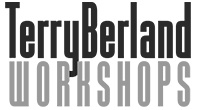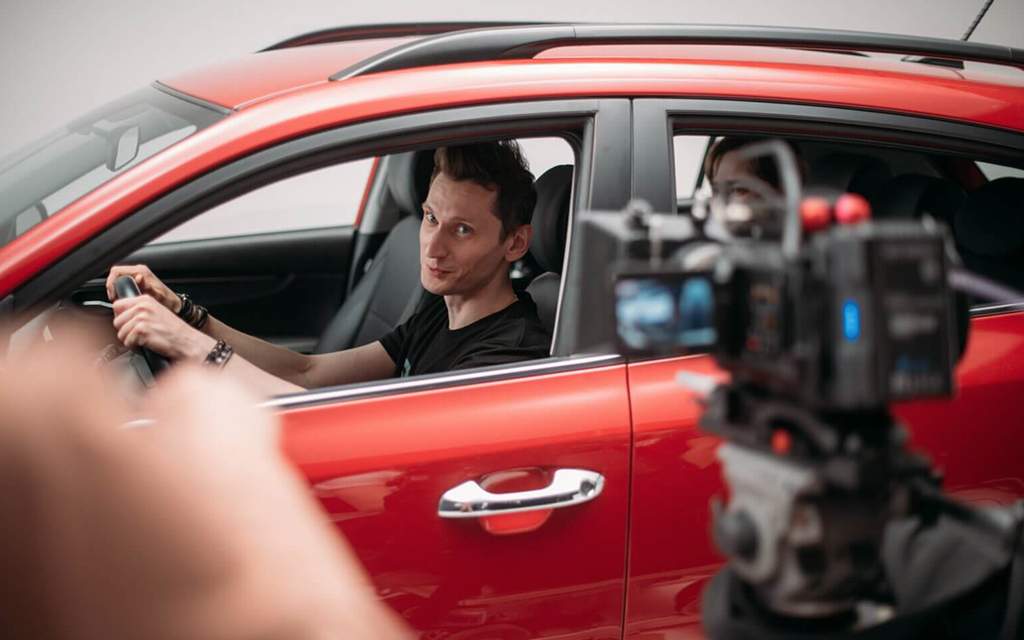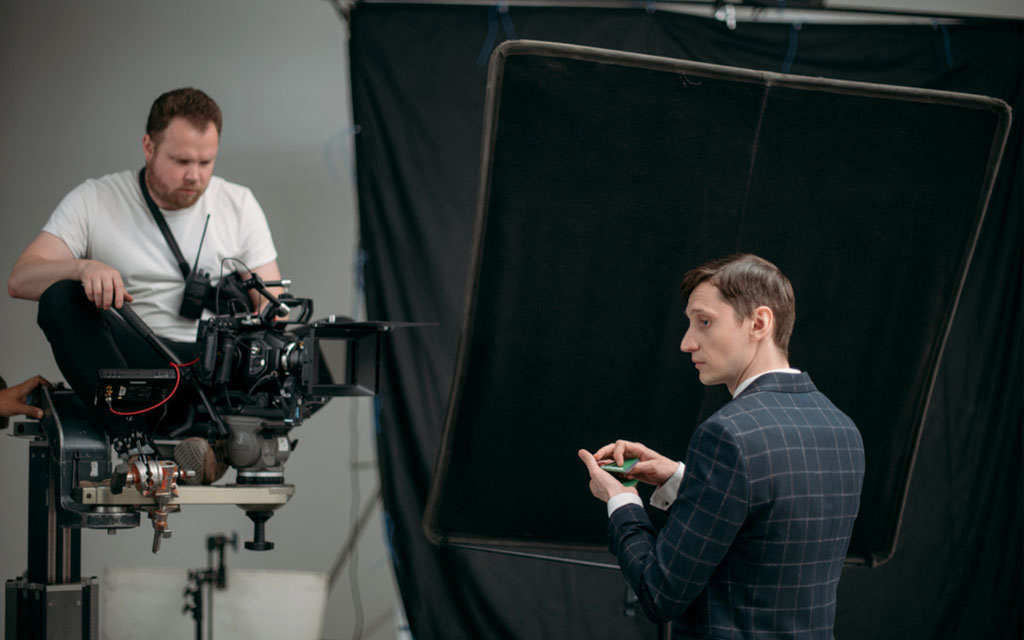Written for The Networker by Terry Berland @berlandcasting.
As an actor, the casting director is the one obvious person on the front line whose attention you’re striving to get. The casting director is regarded as the gatekeeper, responsible for selecting the right people out of perhaps thousands who auditioned for the role. But in the commercial acting industry, the person who scouts and selects the talent isn’t actually part of the decision-making process when it comes to booking.
Understanding how the system works can give you the confidence to help you book your next job.
So . . . Who Are the Decision Makers
There can be as many as eight people making the booking decisions. This team is made up of the ad agency writer, art director, producer, creative supervisor, creative director and account executive. And on the production company side, there is the director hired to direct the commercial spot. After all their input, the final OK comes from the client.
The First Call
The casting director speaks to the producer and/or director to gain an understanding of each character. Then it’s on them to direct the actors accordingly, ensuring an accurate evaluation of which actors bring the right skill set for a given role.
The auditions are uploaded and emailed at the end of the day to the ad agency and the director at the production company. The people most concerned with your look and performance are the art director, writer and producer. After all, the writer and art director came up with the concept and have a definite vision for the spot in mind. The producer is on hand to facilitate the fulfillment of their vision, working out the budget, scheduling, and the coordination of every production element involved.
The director, whose job is to realize and enhance the artistry and messaging of the spot, is viewing the auditions too. The director has to understand keenly what the ad agency wants and not stray too far from the concept. Hence, it becomes a delicate dance between the director and ad agency writer and art director, balancing creativity and concept.
Next, the above parties make a list of which actors they’d like to see called back and send that list over to the casting director.
The Callback Audition
The director, art director, and writer will likely be present in the callback room. The producer from both the production company and ad agency is usually present as well.
The callback isn’t generally the time for in-depth communication or forming a rapport with the decision-makers. You’re here simply say your hellos, take your direction, give your performance, and probably be given several adjustments. After you leave, there’ll be a brief discussion among team members about whether they want to move ahead with you or not.
The Decision Process
At the end of the callbacks, each audition is reviewed and discussed. If you’re part of an ensemble, an additional element of the decision lies in how well you’ll fit into and add to the chemistry of the group.
The first choices are made in addition to backups. The choices are then sent back to the ad agency where the creative supervisor (the person overseeing the art director and writer), creative director (the person overseeing the ad agency’s creative branding), and the account supervisor (the liason between the ad agency and the client) consider the casting choices. This is when the final choices are made about which talent will be presented to the client.
The next and final step is for the selected talent to be presented to the client at a production meeting for their final approval.
Understanding the many variables that go on behind the scenes of your booking a commercial should help assure you of the value of that tried-and-true bit of advice: The best you can do is give a good performance then let go and let the process takes its course.
If you want to sharpen up on your commercial acting technique, follow this link to Terry Berland’s Commercial Acting workshop.









